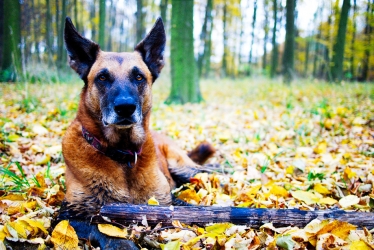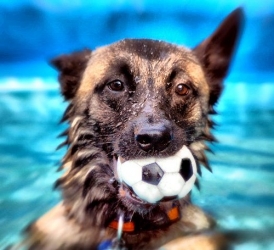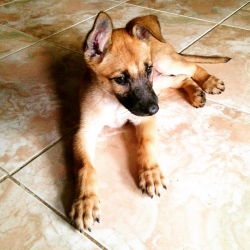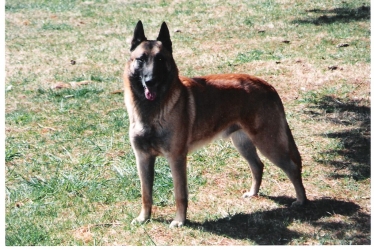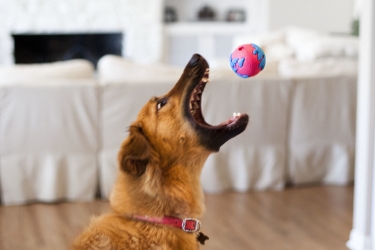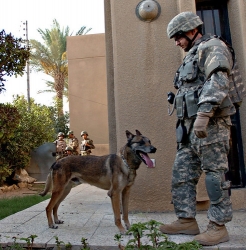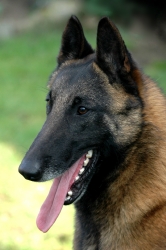Belgian Malinois
Belgian Malinois Behavior and Temperment
| Indoor Activity | Outdoor Activity | Vigor | Consistant Behavior |
| Dominance Strange Dogs | |
| Territorial | |
| Good With Children | |
| Good With Strangers |
The Belgian Malinois is one of four closely related breeds of Belgian shepherd dogs, developed in Belgium in the late 19th century. These four breeds—the Malinois, Tervuren, Laekenois, and Groenendael—were all named after regions in Belgium and were initially used as herding dogs. The Malinois, specifically, was bred in the city of Malines, from which it takes its name.
The breed's intelligence, trainability, and versatility quickly made it popular beyond herding. During World War I, Belgian Malinois were used as messenger dogs and to assist the Red Cross. Their reputation continued to grow, and by the mid-20th century, they were being used in police and military work around the world. The American Kennel Club (AKC) recognized the Belgian Malinois as a separate breed in 1959. Today, they are considered one of the premier working dogs, excelling in roles that require precision, stamina, and courage.
Temperament
Belgian Malinois are known for their intense drive, intelligence, and loyalty. They are highly trainable and thrive in environments where they have a job to do. Their natural instincts make them excellent working dogs, particularly in fields such as law enforcement, search and rescue, and protection work. However, these same traits can make them a challenging pet for inexperienced owners. Belgian Malinois require a significant amount of physical exercise and mental stimulation to prevent boredom and destructive behaviors.They are protective and form strong bonds with their families, often displaying a preference for one person in particular. While they are generally good with children and other pets, their high energy and intensity mean they are best suited to households where they can be kept busy and given clear boundaries. Socialization from a young age is crucial to ensure they develop into well-rounded and confident adults.
Physical Characteristics
The Belgian Malinois is a medium-sized dog with a well-balanced, athletic build. They are slightly longer than they are tall, with a proud carriage and alert, confident expression. The breed has a short, straight coat that lies close to the body, with a dense undercoat that provides protection in various weather conditions. The coat color ranges from fawn to mahogany, often with a black mask and ears.Below is a table comparing the average height and weight of male and female Belgian Malinois: Characteristic Male Female Height 24 to 26 inches (61-66 cm) 22 to 24 inches (56-61 cm) Weight 60 to 80 pounds (27-36 kg) 40 to 60 pounds (18-27 kg)
Males are generally larger and more muscular, while females are slightly smaller and more agile. Both sexes share the breed’s characteristic strength, speed, and endurance, making them well-suited for demanding tasks.
